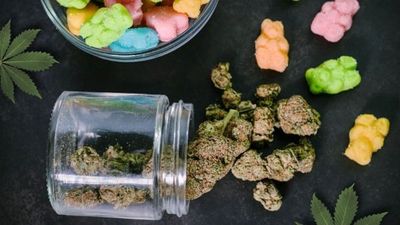Orion Travel Insurance highlights how travelling around the world will be different
With the recent announcement of relaxed quarantine restrictions for fully vaccinated Canadians, many eager travellers may be considering embarking on international travel as soon as possible.
Orion Travel Insurance reminds travellers, that a Level 3 Global Affairs travel advisory remains in effect, and Canadians need to understand the ongoing uncertainty associated with international travel.
“Entry requirements can vary by destination whether it be a different province, state or country. Travellers need to monitor those requirements closely and be prepared to carry additional documentation like proof of vaccination, and proof of valid COVID travel insurance,” says Kellee Irwin, Vice President, Orion Travel Insurance. “Many Canadians are excited to resume travelling, however a government advisory to avoid non-essential travel remains in place, and Canadians need to take the necessary precautions to ensure they protect themselves before embarking on their vacation.”
With many Canadians now looking to book future vacations, Orion Travel Insurance wants to ensure travellers are protected. As of July 1st, Canadians are eligible for full emergency medical coverage with Orion Travel Insurance, even during a Level 3 COVID-19 related travel advisory, if they are fully vaccinated (having received all doses of a Health Canada-approved vaccine) at least 14 days prior to departure.
Irwin advises travellers that insurance policies do vary by provider, and may have changed due to COVID-19, so it’s important to review your policy, and understand what you’re covered for before you travel.
“Orion Travel Insurance supports the safe return to travel and recognizes the health and safety of Canadians should remain top of mind. We strongly encourage all travellers to ensure their travel insurance includes appropriate medical coverage, and that they continue to monitor evolving entry requirements of their destinations.”
Anyone Canadians travelling in the near future should also consider the following tips:
- A Level 3 Global Affairs travel advisory remains in effect. Before planning any form of travel, Canadians should take steps to protect themselves and others.
- Canadians and permanent residents will be able to upload a copy of their vaccine certificates to the ArriveCAN app, allowing them to bypass mandatory hotel quarantine when they return to Canada.
- Travelling standards will vary by destination, and not all services or businesses may be open, or offer full services. Book your accommodations and activities before you go and check out their protocols in advance.
- Pack face masks, cleaning supplies, travel-sized snacks, water, and hand sanitizer – not only for the trip, but to have on hand at your destination.
- Monitor local media and government websites to stay informed of conditions and potential changes to entry requirements at your destination.
- Update your passport so it is ready when you are. And be prepared to pack additional documentation required for your destination, such as proof of vaccination, negative COVID test documentation, and proof of travel insurance.
- Insurance policies vary by provider. Review your policy and understand what you’re covered for before you travel.
- Don’t travel if anyone in your party or household is sick.





